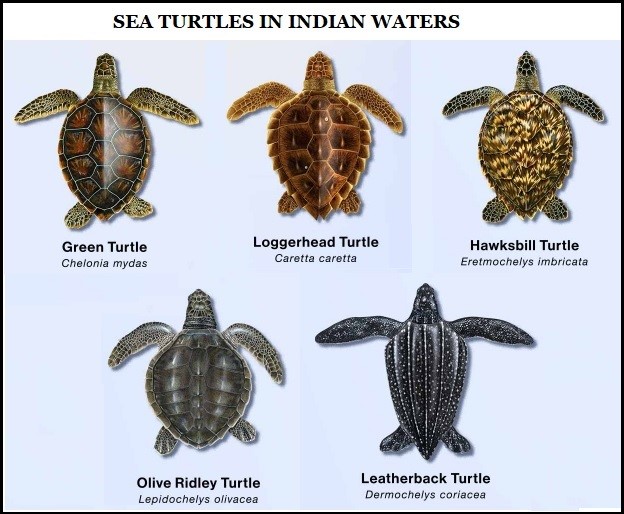7667766266
enquiry@shankarias.in
What is the issue?
The rising death toll of sea turtles call for integrated conservation measures to protect the protectors of marine ecosystem.
How diverse are sea turtles in India?

What is the significance?
What are the threats?
How are the protective measures working?
What is the way forward?
Source: The Hindu